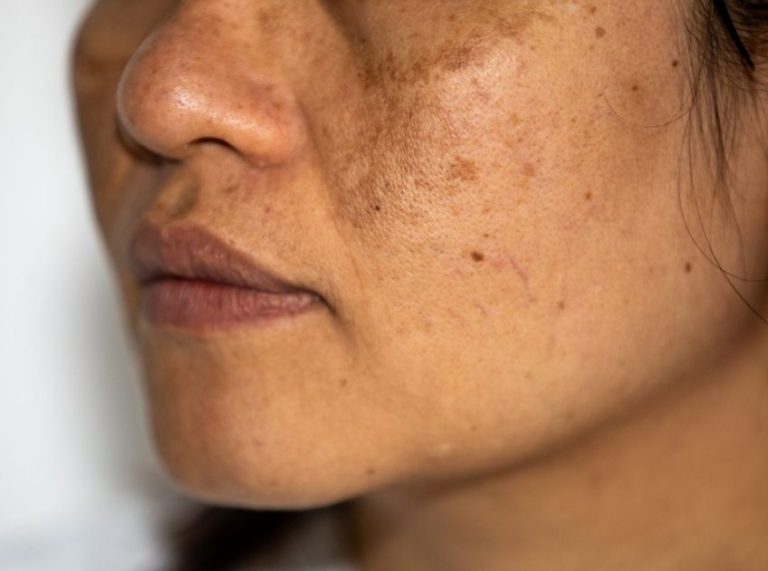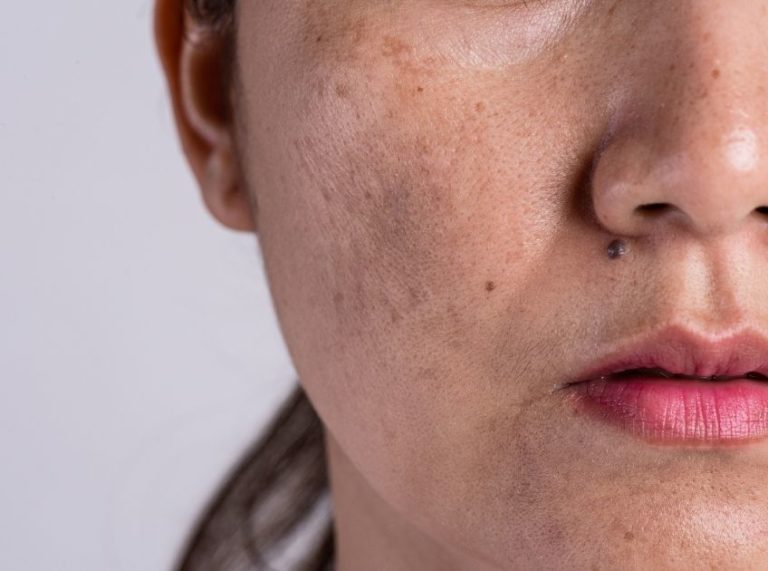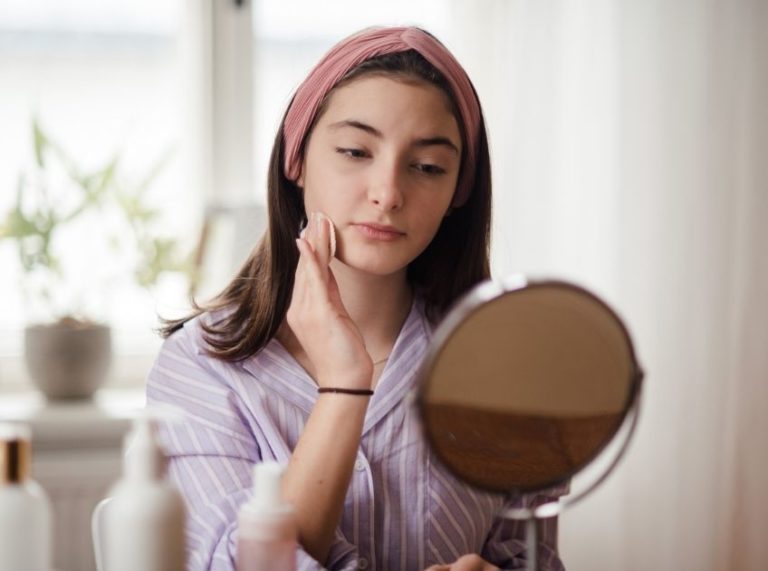
Important: This article is for informational purposes only. Please read our full disclaimer for more details.
Facial is a cosmetic treatment involving different steps such as cleansing, exfoliating, moisturizing, mask application, and other skin treatments. Usually, it is done as a part of a normal skin care routine and sometimes to curb specific skin concerns.
The result of facial hair is healthy skin with improved appearance and texture.
While some people take facial treatment only on special occasions, some make it a part of their regular skincare routine. However, the confusion lies in how often you should get a facial.
What Is The Recommended Frequency For Receiving Facial Treatments?
When it comes to facial frequency, there are no written rules. Usually, it is done depending on age, skin concerns, skin type, and the type of facial you want to receive.
For instance, superficial facials can be done once a month, especially if you have aging skin or have some particular skin concern. On the other hand, intensive facials such as laser resurfacing and LED light therapy require multiple sessions to achieve the desired results.
Besides, there are many at-home or homemade facial masks that can be applied daily or every alternate day, depending upon the ingredients used. Usually, homemade facial masks contain kitchen ingredients that are natural and herbal with no side effects. So, they can be used more frequently.
Let’s take a deeper look into the things that one needs to consider while deciding how often to get a facial.
Factors That Determine Facial Frequency
1. Skin type
Different skin types respond differently to varying face masks and facials. At the same time, they need different skin care. While dry skin requires a facial that offers hydration and nourishment to dry and scaly skin, oily skin needs something that can curb excess oil and sebum.
2. Weather conditions
People living in different weather conditions may require different skincare routines. For instance, those living in mountains where dry and chilly winds prevail need a facial that can bring back the lost hydration. Likewise, those living in hot and humid areas have different needs.
3. Type of facial
One of the most critical factors is the type and strength of the facial you are taking. For instance, if the skin specialist recommends you to take deep peel facial treatment, the frequency between each session should be more. This is because such facials require longer recovery.
Chemical peels are often given as a part of facials to treat specific skin concerns. These peels are categorized into-
- Superficial peels: These are the least reactive skin peels that work only on exfoliating the upper layer of the skin. Such peels include alpha-hydroxy acids (AHA) or beta-hydroxy acids (BHA) as major components. The recommended frequency of superficial peels is 4 to 6 weeks.
- Medium-depth peels: These peels work from the upper layer to the papillary dermis and utilize chemicals like glycolic acid. Facials that use medium-depth peels should be performed with more gaps than those that utilize superficial peels.
- Deep peels: As the name indicates, such facials work on the deepest layers of the skin and utilize more intense chemicals, such as high concentrations of phenol. They penetrate the papillary dermis and reach the middle layer of the skin. Such facials should be done only once in a lifetime.
4. Laser treatments
Laser treatment is also considered a part of facial that works on particular skin concerns. While such treatments require multiple sessions, they shouldn’t be done before a three-month interval. Also, laser treatment should always be performed by a board-certified dermatologist with expertise.
5. Mild facials
The use of natural or herbal ingredients in the facial, such as clay, activated charcoal, gelatin, etc., is considered safe for all skin types. Such facials can be done more frequently.
Skin specialists suggest the following frequency of facials when mild ingredients are used-
- Once a week: Sheet face masks
- Twice a week: Clay face masks
- Once a month: Activated charcoal face masks and tea face masks
- Twice a month: Gelatin face masks
How Often Should Acne-prone Skin Get A Facial
Acne is one of the common skin concerns. Taking the right facial treatment at the right frequency is the best way to combat it. However, people with such issues should always talk to a dermatologist before taking the facial to know what ingredients will work the best.
Some popular facials for acne-prone skin include the following-
- salicylic acid peels
- glycolic acid peels
- certain types of laser therapy
- comedo removal (blackhead extraction)
What Can Be Done To Extend The Effects Of Facials?
Usually, facials come in varying price ranges and fit every pocket. However, if your dermatologist suggests certain facials that seem expensive as per your budget, you can follow measures to extend the facial’s effectiveness.
- Follow proper skincare routine: Ensure that you follow the recommended skincare routine and use the prescribed products to maintain facial benefits for a long. Also, establish a consistent routine to achieve fruitful results.
- Keep yourself hydrated: Drink an adequate amount of water and keep the skin nourished from the inside.
- Avoid excessive sun exposure: Ensure using broad-spectrum sunscreen to prevent skin damage and retain the results of facial.
- Adopt a healthy lifestyle: Take a balanced and well-nutritional diet, sleep sufficiently, and exercise regularly to improve overall skin health.
People suffering from major skin concerns always look forward to treatments that can make their skin healthy. While facials provide relief to some of them to a great extent, other concerns require more intensive treatment.
Different types of facials are made for different types of skin. Knowing how often you should get a facial is equally important to retaining your skin’s health. If you are unsure which facial is suitable for your skin type and skin issue, visit a skin specialist to get the right consultation.
You Might Also Like:
- Live Green Facial Cleansing Wipes Review
- My Beauty Spot Deep Cleansing Facial Wipes Review
- 5 Easy Facial Yoga Exercises to Reduce Wrinkles
- How to Use Lemon Juice for Facial Hair Removal
- How to Remove Facial Hair with Egg White?
- How to Remove Facial Hair With Turmeric?
Related Articles
- 7 Best Facials For Sensitive Skin
- Apple Cider Vinegar Facial Toner – Benefits, Preparation & Use
- Best Face Wash-Multi Vitamin Facial Cleanser Review


















